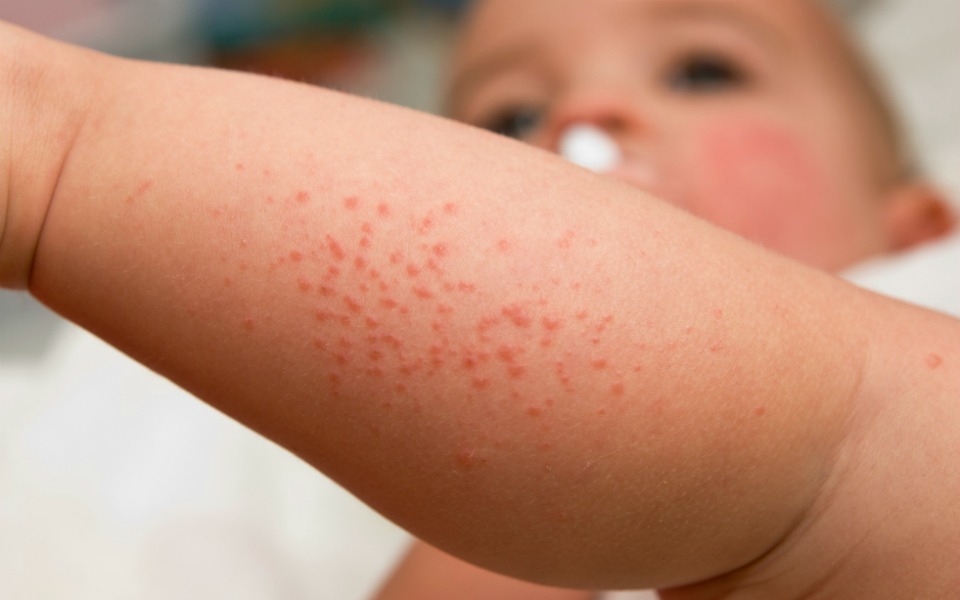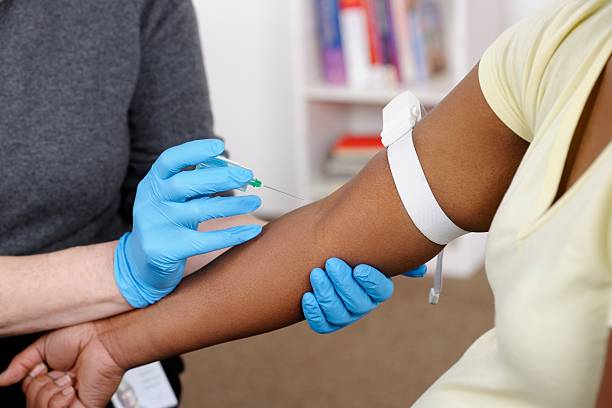Using Traditional Chinese Medicine acupuncture as a supplementary natural therapy alongside in vitro fertilization techniques (IVF) has become a substantial business in certain parts of the world. The London underground, for example, recently featured advertisements for a prestigious acupuncture clinic specializing in just that – and lets juts say it won’t be cheap to buy that advertising space these days. This article explains some of the issues involved in testing acupuncture with real patients,. It also presents some of the positive results from scientific studies that may have sparked interest in the practice, some of the inconclusive results and why the studies findings might be like that. This should help explain both some of the controversy and scientific basis for the practice in today’s’ society.
Anyone interested in the topic might be happy to discover there have been some studies conducted recently into whether acupuncture has had any success in improving treatment outcomes from IVF cycles. Within the West, the standard accepted within medical research is a significant statistic generated from a randomized controlled trial. This study design uses a group or groups of participants who try the intervention studies and another group who do not try it, the control group. In the case of studying a new technique, drug or other medical aid, it is routine for the control group to be receiving the standard therapy of the time, to see how it compares to the results of the ‘novel intervention’, the new idea. The participants should be allocated into the groups through a random selection process. The highest standards of evidence is felt to come from those trials where the study is of a double-blind design. That means the researchers, anyone else assisting the study and the participants are not aware of the allocation of the groups. The blinding practice is felt to eliminate potential bias.
When applying the randomized controlled trial approach to acupuncture, the inherent structure can be problematic. Traditional Chinese Medicine acupuncture does not use standardized interventions. That is to say, while a standard does of a pharmaceutical drug can be tested for many patients with the same diagnosis, it would be extremely rare to find a group of patients whose symptoms and signs were so identical they would all be given exactly the same points at the same time over the same time period. The condition of each patient is an expression of the dynamic changing nature of the body’s most fundamental substance, Qi, and therefore naturally over the course of some appointments, even patients with similar starting signs and symptoms would tend to progress through the use of different points over time. This difficulty aside, any clinical trials of acupuncture do not include the TCM diagnosis within their structure. Patients may be recruited into the trial according to a conventional medical diagnosis and then treated using s strangely ‘standardized’ set of acupuncture points, regardless of what their diagnosis might be within the medical theory of TCM. These teething problems aside, there have nonetheless been some encouraging studies investigating the effects of needling some common acupuncture points before, during and after embryo transfer. This stage is of course crucial to the success of IVF cycles, so dependent on implantation. The rationale appears to be clear, to see whether using the acupuncture at certain points which were felt to benefit general functions within TCM gynaecology theory could improve the outcomes of IVF patients by comparing it to the control group, who had no such adjunctive therapy. Some studies tried to use fake acupuncture needles as a placebo device for the control group, or needle points which they thought would have no effect on the reproductive organs.
The Positive Outcome Studies
3 studies stand out as having found a positive benefit. Their methodology was similar and comparable, needling Traditional Chinese Medicine acupuncture points before and/or on the day of embryo transfer during IVF cycles (1, 2, and 3). The results showed enhanced numbers of pregnancies in their study groups receiving acupuncture alongside IVF. All of the research authors suggested this was due to an improved blood flow in the uterine arteries, and referred to a previous study of uterine artery flow during acupuncture courses as evidence (4). This was felt to be the important mechanism at work as a good arterial supply to the uterus is associated with more favorable conditions for embryo implantation within the uterus.
There are also systemic reviews which also indicate favorable outcomes. Systematic reviews take a number of individual clinical trials which all should ideally use similar methods to apply the same type of intervention and compare it with control groups in each study who do not receive the intervention. The goal of the review is to identify any trends across the studies’ results. Two systematic reviews also indicated higher live birth rates among patients trying acupuncture and IVF together (5, 6); however, its also true not all studies and reviews have been so positive about using acupuncture as an adjunct for IVF patients.
One No Positive Outcome Study And Some Negative Appraisal of Mechanisms At Play
Another individual clinical trial used similar methods to those three mentioned earlier – but found quite different results (7). The authors of that fourth study were not able to confidently conclude that the acupuncture and IVF group fared any better in terms of pregnancy rates than their IVF only control group of patients. One of the systematic reviews I have already mentioned here also indicated it was of the opinion that any positive action of acupuncture was due to the placebo effect. This would mean a psychological effect was altering the results for the participants in the intervention (acupuncture) group, rather than any direct effect on biological processes due to the needling (6).
What Does This All Mean?
The results from the studies are somewhat confusing, to say the least. The authors of the study which found no beneficial effect did suggest that they simply hadn’t conducted the tests on a powerful enough scale to have a positive effect show up in the statistics (7). There has also long been heated debate in both the TCM and scientific community as to why acupuncture has effects and whether they are indeed, just down to patients imaginations, or whether it does something on a biological level. The body of evidence leaning towards the biological effects argument is strong, yet the review did choose to overlook this (6).
TCM practitioners may point out that much of TCM is routine in China, its birthplace, where individual case reports are the norm rather than the comparative studies favored in the West. Detractors point out that a minority of conventional medics in China have spoken out against TCM as it is not fully understood by conventional science and therefore claim that it is unscientific. Nonetheless there is some compelling evidence to support the use of TCM alongside conventional medicine – if patients get better outcomes, that can only be a good thing.


